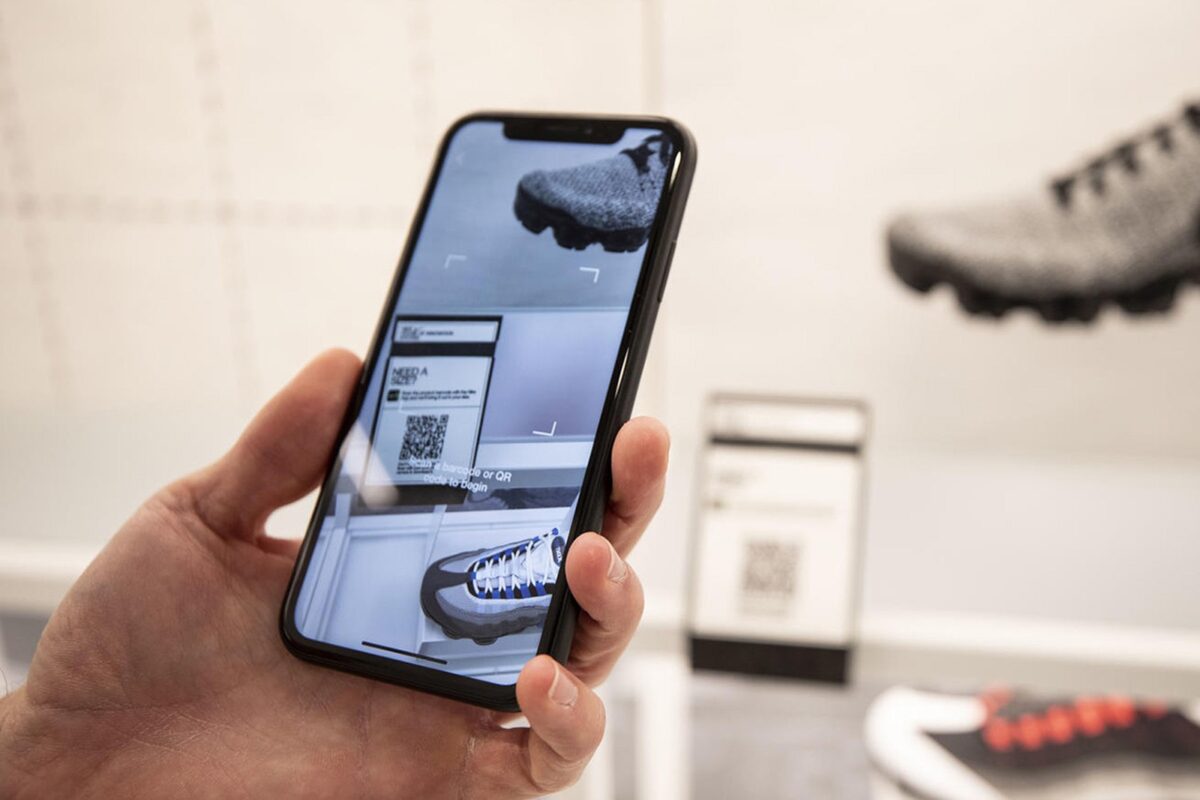On the 22nd of September 2020, during Nike`s Q1 earnings call, Nike`s Chief Executive Officer John Donahoe announced an 82% Year-on-Year growth in digital sales, beating all earning expectations (Thomas, 2020). Following such an announcement, the company`s stock rose as much as 12% within a day. This positive investor sentiment towards the company, even amid the COVID-19 crisis, is the reflection of a long process of drastic change in digital strategy by Nike.
Traditionally a wholesaler, with as much of 82% of its revenues in 2014 coming from sales to retail stores such as JD Sports and Footlocker, Nike decided to drastically pivot its corporate strategy (Nasdaq, 2018). Facing significant stagnation, the company announced in 2017 its “Direct to consumer offence”, a 10-year corporate strategy with digital at its core. To own the interaction with consumers and drive a premium (digital) brand experience, Nike announced the ambitious target of achieving 70% of its revenues from owned sales channels* by 2025, from only 18% in 2014 (George-Parkin, 2019).
The announcement of its new strategy would focus on two key pillars, which would eventually enable the company to move from a supplier business model, to omnichannel and finally to ecosystem driver (Weill & Woerner, 2015). Firstly, the focus on digital channels. Nike not only emphasized driving sales through its app and web store, but it also focused on seamless integrating all its targeted apps, such as Nike Running Club, for running enthusiasts, SNKRS app, for sneaker fans and Nike Training Club, for general sports audience. By providing a unified and wholistic digital experience to its consumers, Nike took the first step to change the retail game and create its digital community (Weill & Woerner, 2013). Secondly, Nike decided to divest from wholesale partners which could not align with its differentiated experience strategy (George-Parkin, 2019). By focusing on fewer, and better, partnerships, it allowed the company to strengthen its relationship with remaining retail partners and move towards one integrated marketplace. By doing so, the company moves further into the direction of connecting all channels in which the consumer interacts with the brand. By doing so, Nike can further engage the consumer in its ecosystem and provide one unified and personalized experience across its apps, website and retail partners.
With the fierce competition in the sporting goods industry, it is difficult to predict either Nike strategy will succeed. Nevertheless, with a growth in stock value of 124% within for 4 years of its strategic pivot, the company`s gives clear signs to be reaping the benefits of its effort towards creating the future of retail. Furthermore, as highlighted through John Donahoe`s most recent earnings call, the company gives no sign of slowing down.
*Owned sales channels refer to Nike`s website, apps and owned retail stores.
Sources:
- https://footwearnews.com/2019/business/opinion-analysis/nike-dtc-competition-adidas-under-armour-digital-sales-1202845517/
- https://www.cnbc.com/2020/09/22/nike-nke-reports-fiscal-q1-2021-earnings-beat.html
- https://sloanreview.mit.edu/article/optimizing-your-digital-business-model/
- https://sloanreview.mit.edu/article/thriving-in-an-increasingly-digital-ecosystem/
- https://www.nasdaq.com/articles/nikes-triple-double-strategy-should-boost-nke-stock-2018-12-11

